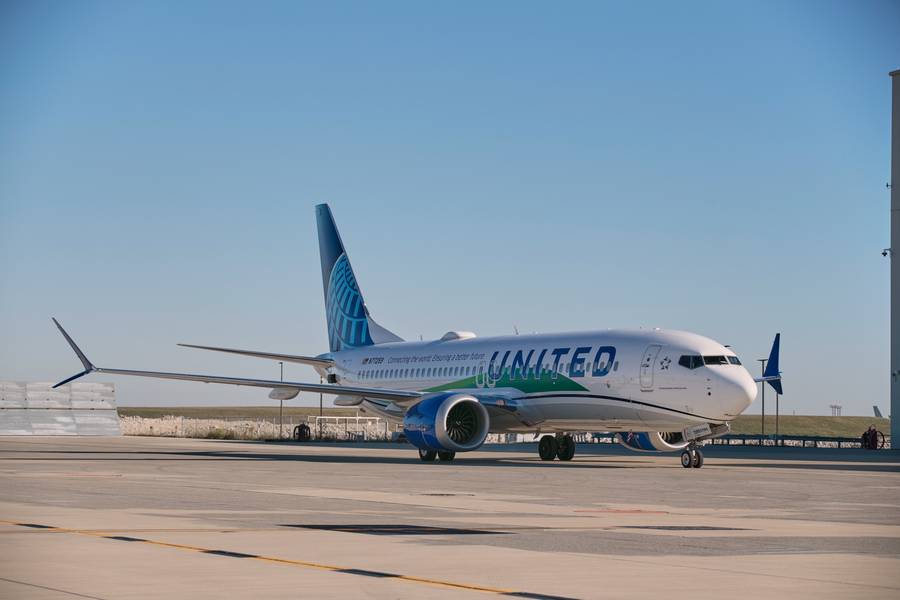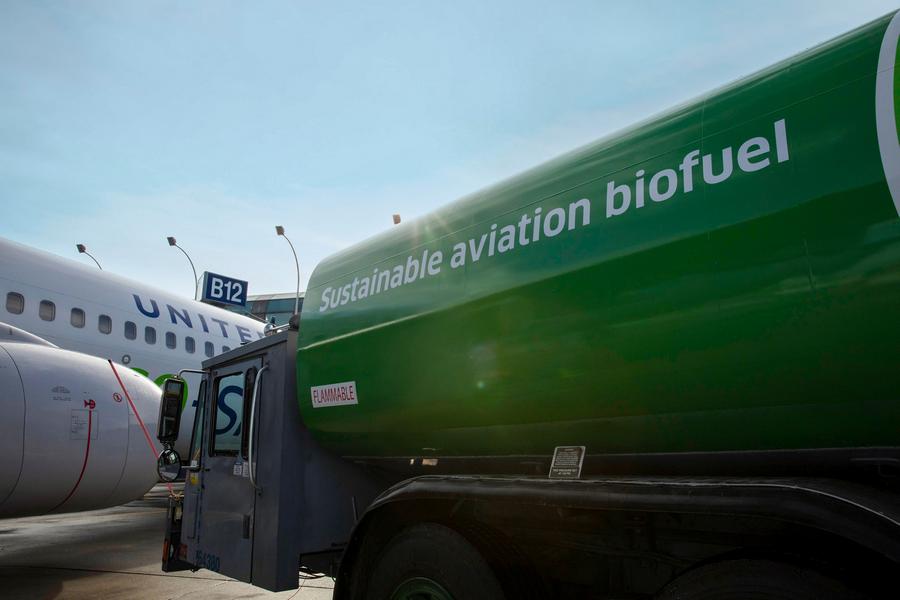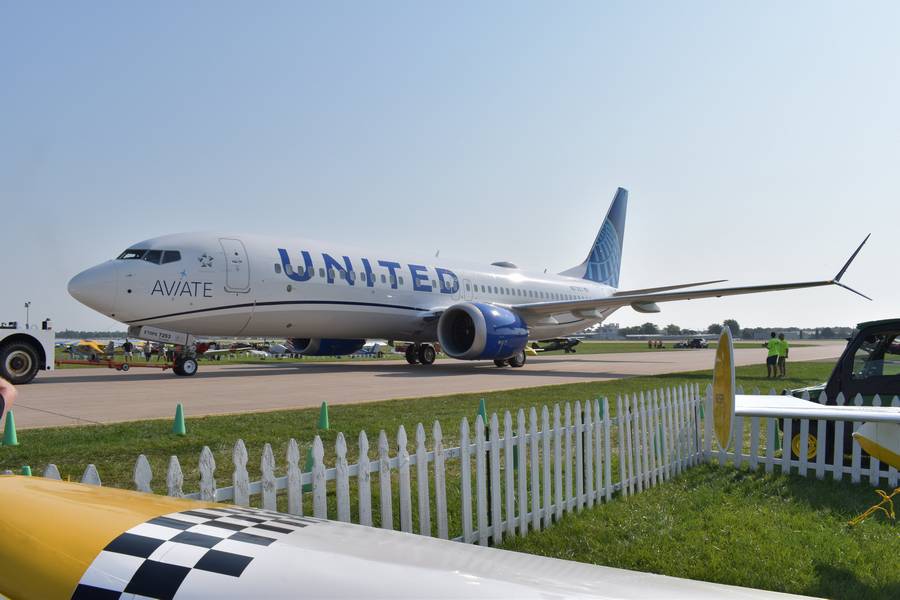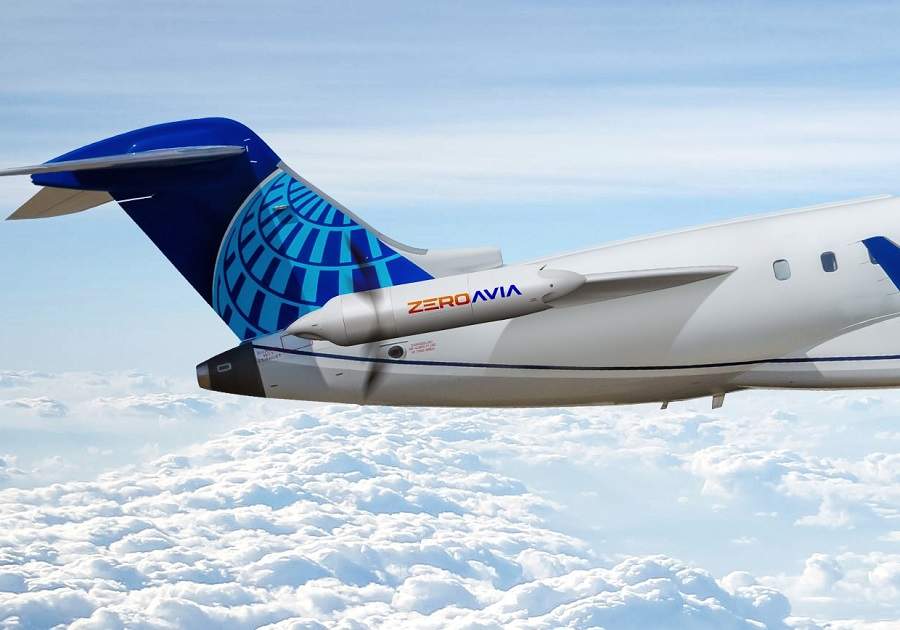Using one of its new 737 MAX aircraft, United became the first airline to fly passengers using SAF (Sustainable Aviation Fuels). Or did it?
Sustainable Aviation Fuels are a promising way to achieve net-zero carbon emissions. Aviation is among the hardest (if not the hardest) industries to decarbonize. And while more long-term solutions, like hydrogen, hold a lot of promise, they present multiple technological obstacles. SAF can solve many of the same problems, and could be the only future solution for long-haul. But its widespread use faces some of the same challenges as hydrogen.

However, the planes we have today need relatively little work, to run on these fuels. Demonstrating this was the purpose of the flight that United made, running a 737 MAX on 100% SAF. The flight took place on the 3rd of December, and had over 100 passengers on board, according to the airline. This may seem surprising to some. At this time, the FAA and other aviation authorities allow only up to 50% SAF, for commercial flights.
United Running A 737 MAX On 100% SAF – Sort Of
Obviously, United needed a special dispensation to run its 737 MAX on 100% SAF commercially. But also, the airline didn’t quite run the flight wholly on this fuel. Rather, it operated engine No1 (left) on conventional aviation fuels, and engine No2 (right) on 100% SAF. This allowed some redundancy if anything went wrong. But this serves a more practical purpose as well.

United and its partners in this 737 MAX flight demonstrated that there are no operational differences in SAF use. Running two engines concurrently, in the same conditions, goes some way into doing that. The airline’s partners included Boeing, engine maker CFM International, Virent and World Energy. Virent provides technology that makes 100% SAF fuels drop-in, in current jet engines. World Energy is North America’s only commercial SAF producer, according to United.
United CEO Scott Kirby said this, on the occasion of this 737 MAX 100% SAF flight:
“United continues to lead from the front when it comes to climate change action. Today’s SAF flight is not only a significant milestone for efforts to decarbonize our industry, but when combined with the surge in commitments to produce and purchase alternative fuels, we’re demonstrating the scalable and impactful way companies can join together and play a role in addressing the biggest challenge of our lifetimes.”

Scaling Up Fuel Production (at the right cost)
Before this United flight, we have seen more operators and manufacturers make 100% SAF flights – including with a 737 MAX. Not with passengers, however. But as we have seen, the main challenge with these fuels is not with the aircraft themselves. The issue is producing them in scale, for all of the world’s airlines.

In Europe and elsewhere, there are initiatives to require every flight to use a small amount of SAF – typically 2-5%. This is mainly aimed at driving the technology to scale fuel production. There are multiple sources of SAF, ranging from crop waste products to dedicated harvests, to atmospheric carbon capture. And beyond the scaling issues, all of these sources cost many times more than conventional fuels.
Beyond its 100% SAF 737 MAX flight, we also saw United announce a partnership with ZeroAvia, for hydrogen-electric regional aircraft. It will be interesting to see how quickly this and other similar projects will reap fruit. Hopefully, developments with hydrogen and SAF will bring forward meaningful changes. But their timing, and the size of the planes they will apply to, remain to be seen.



